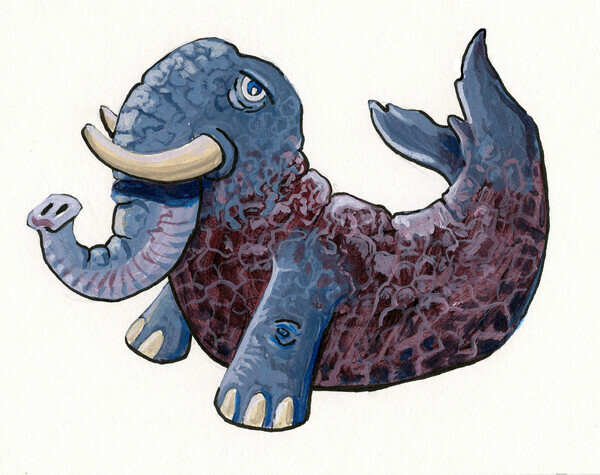| Dave Stevens |
| Illustrator/Cartoonist/Artist |
Blog(posted on 13 Jun 2022)
I’ve always been fascinated by seals and sea lions but I know they are the bane of commercial fishers’ lives. I mostly thought in romantic terms and I idealized them. This conflict reminds me of the work of an artist, Alex Colville, whose work has been labelled magical realism. He was from the east coast of Canada and his artwork that is particularly impressive is the Horse and Train, from1954. In it a dark horse runs between some tracks towards an oncoming train. It is impressive because the beauty and majesty of the horse is going to lose to the mechanization of the train. It could point to the conflict of the change over from horse powered energy to the machine age or could be more personal and deal with the fear of someone we know who is on a path to self destruction. The horse, like the person we know, just needs to step off the track to be safe. They don’t, or won't, and instead are headed towards tragedy. |
